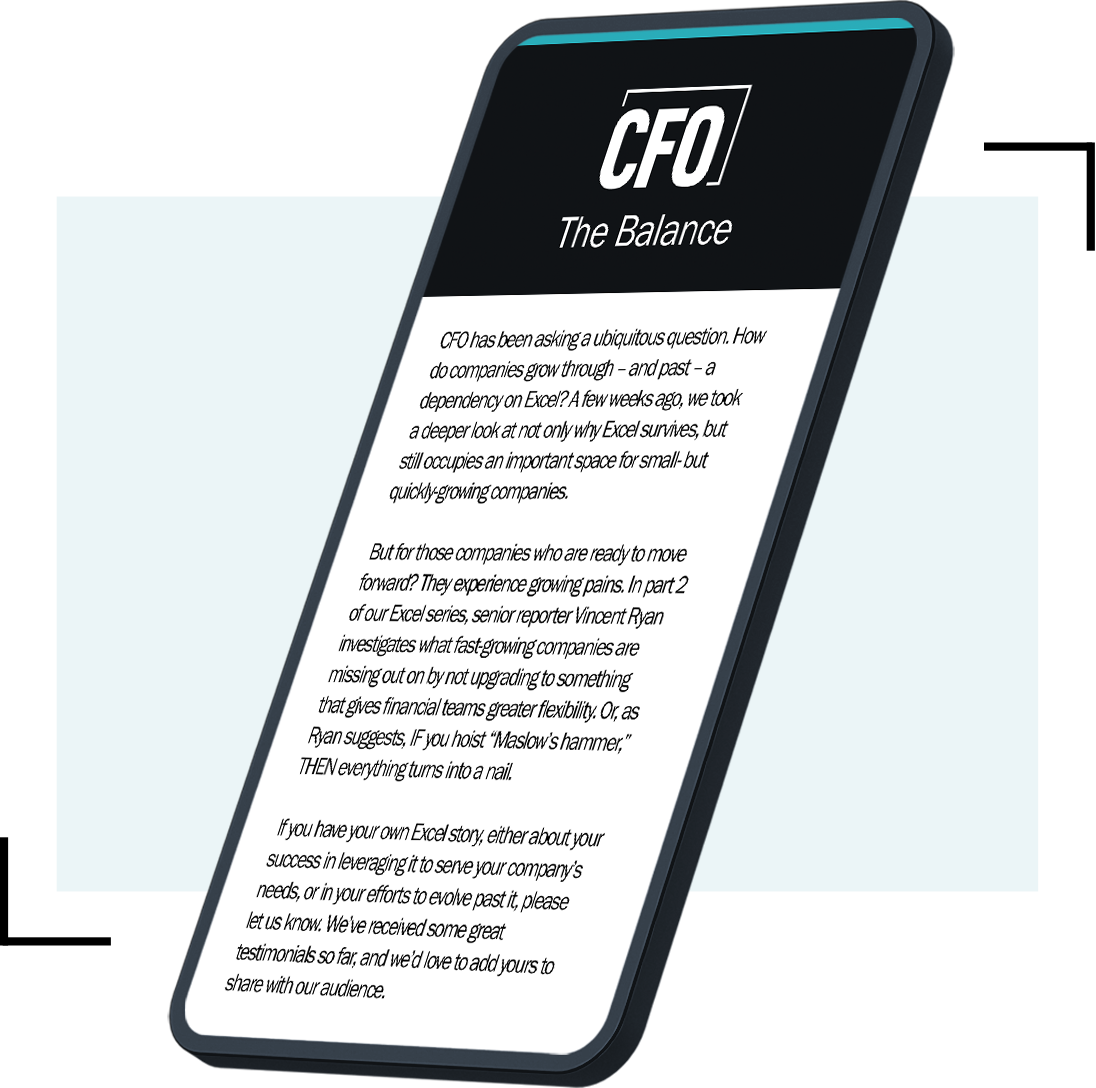For all of China’s dogged determination to grab assets overseas, the most important deals in the Middle Kingdom are still happening within its walls. Foreign financial institutions have recently been snapping up minority stakes in China’s state-owned banks (see “The Twain Meet After All,” at the end of this article), eager to take a slice of a booming sector in the world’s fastest-growing economy. In addition to opening up new opportunities for foreign banks, these acquisitions promise to help overhaul China’s primitive credit culture. If successful, the new ventures could help China allocate capital more efficiently, making for a more stable financial system and an economy more open to foreign competition.
China’s banking problems stem from its post-Mao drive to industrialize. State banks and virtually all of their branches in the country wrote blank checks for pet projects of local governments, regardless of returns or viability. Such aggressive growth created not only some of China’s best and largest enterprises, but also thousands of struggling ones — along with massive amounts of high-level corruption and bad debt. Estimates two years ago put China’s bad loans at half of its GDP. But with deep pockets, to the tune of $711 billion in foreign reserves, Beijing has since spent $60 billion to recapitalize some of these banks. More bailouts are expected to groom the banks for public listing.
That was the cue foreign banks had been waiting for. Last July, Bank of America paid $2.5 billion for 9 percent of China Construction Bank, the second largest of the Big Four state banks. A month later, Royal Bank of Scotland, Merrill Lynch, and a Hong Kong partner paid $3.1 billion for 10 percent of Bank of China, the third largest. More than anything else, the central bank expects the foreigners to improve the state banks’ risk-management and internal control systems, from credit-risk assessment to more-transparent reporting. Already, BoA has promised to send 50 senior staff to train head-office staff at China Construction. This is on top of the centralization that the Chinese bank had already undertaken: it has reduced its loan-authorizing branches to about 200 out of 14,500 nationwide.
Going forward, as China eases its tight grip on its interest-rate and foreign-exchange policies in response to international pressure, local banks will also need to learn from foreign partners about how to manage market risk. “Local banks can catch up quickly in terms of product knowledge and get the most advanced software in the world, but for them to control risk, they need to change their credit culture and commercialize their operations,” says May Yan, vice president of Moody’s Investor Service in Hong Kong. Peter Tebutt, director at Fitch Ratings, adds, “Having the foreigners in means the banks will be managed to make a profit for the shareholders, not to do as the government tells them and to just help line the pockets of some of the senior management.”
Central bank officials have indicated a willingness to at some point raise the foreign ownership limit from the current 25 percent, but experts doubt it will ever go beyond 50 percent. At first, the foreign banks’ acquisitions will mean little to multinational companies operating in China — most will continue to use local banks for funding on top of support from headquarters and foreign-bank branches for cash management. But as the financing for their domestic competitors tightens — perhaps undermining the power of “guanxi,” or connections — it will all contribute to a more level playing field for multinationals in China.
Abe De Ramos is executive editor of CFO Asia.
| The Twain Meet After All Foreign investment in Chinese banks has been gaining steam since Beijing recapitalized several of them over the past two years. | |||
| Chinese Bank | Foreign Investor(s) | % Shares Held | Date |
| Xiamen International Bank | ADB / Shinescibank / Sino Finance Group | 10/10/5 | November 1985 |
| China Everbright Bank | China Everbright Holdings (HK) / ADB | 21/39/1.9 | August 1997 |
| Bank of Shanghai | HSBC / IFC / Shanghai Commercial Bank | 8/7/3 | December 2001 |
| Nanjing Commercial Bank | IFC | 15 | February 2002 |
| Shanghai Pudong Development Bank | Citigroup | 4.6 | December 2003 |
| Fujian Asia Bank | HSBC/ Ping An Insurance | 50/50 | December 2003 |
| Bank of Communications | HSBC | 19.9 | June 2004 |
| Industrial Bank | Hang Seng Bank / GIC / IFC | 16/5/4 | April 2004 |
| Minsheng Bank | IFC / Asia Financial Holding | 1.08/4.55 | January 2005 |
| Xi’an City Commercial Bank | IFC / Scotia Bank | 12.5/12.4 | October 2004 |
| Shenzhen Development Bank | Newbridge Capital | 17.9 | December 2004 |
| Jinan City Commercial Bank | Commonwealth Bank of Australia | 11 | TBA |
| Bohai Bank | Standard Charted | 19.99 | TBA |
| Bank of Beijing | ING Group / IFC | 19.9 / 5 | TBA |
| Hangzhou City Commercial Bank | Commonwealth Bank of Australia | 20 | TBA |
| China Construction Bank | Bank of America | 9 | June 2005 |
| Bank of China | Royal Bank of Scotland consortium | 10 | August 2005 |
| Sources: Moody’s and CFO Asia | |||





